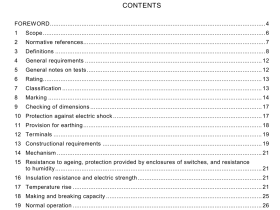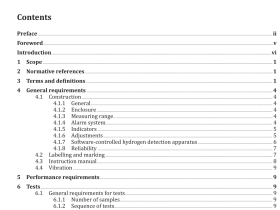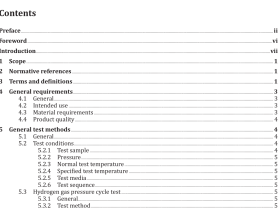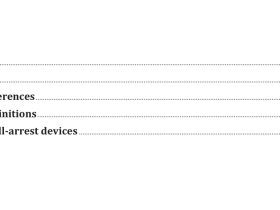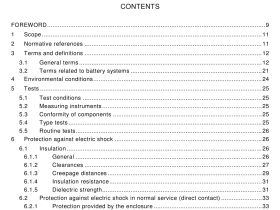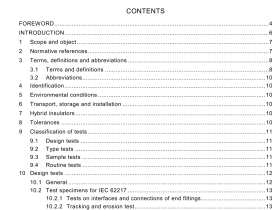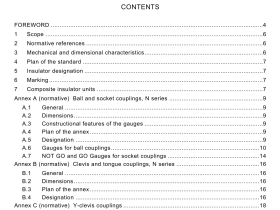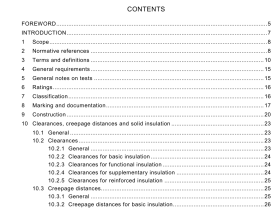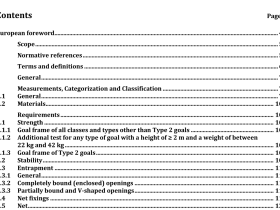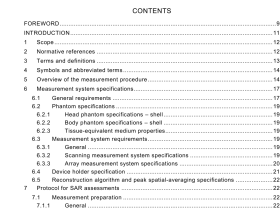AS 4576 pdf download
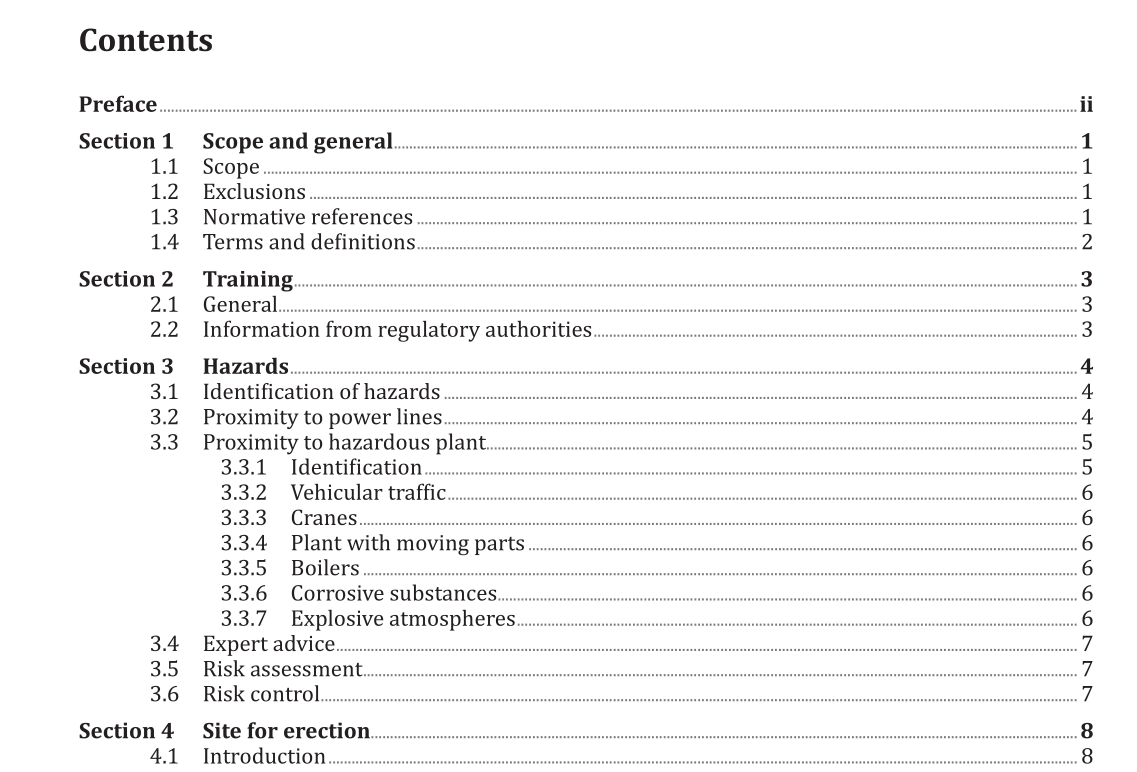
AS 4576 pdf download.Guidelines for scaffolding
1.1 Scope
This Standard gives practical guidance for training, the preparation of sites for scaffolding, and the safe selection, supply, erection, alteration, dismantling, maintenance, inspection and use of scaffolding and scaffolding equipment. It is a companion to the AS(/NZS) 1576 series of Standards. This series and AS/NZS 1577 take precedence over this Standard. This Standard gives guidance for the general use of scaffolding, including the following items:( a) Portable ladders used as access to platforms. (b) Trestle scaffolds and trestle ladder scaffolds. [c] Bracket scaffolds. [d) Temporary stairways, landings, ramps and other access ways. [e) Temporary catch platforms. [f] Ropes and gin wheels.
1.2 Exclusions
This Standard does not give guidance for the following items: a) Temporarily installed edge protection that does not form part of the scaffold. (b) Portable ladders not used in connection with scaffolding. [C) Permanently installed walkways, stairways, ladders and catwalks. [d) Building maintenance units. [e] Crane boxes, scissor hoists, boom-type elevating work platforms (i.e. cherry pickers), lifts, and combined personnel and materials hoists. [f) Falsework, shoring, back-propping and any other framework for the support of floors, walls, roofs and structural members of buildings, structures, ships, boats or mines. (g) Swing stages and boatswain’s chairs.
3.2 Proximity to power lines
Power lines are a potential hazard to persons erecting, working from or in the vicinity of a scaffold. Contact the electricity supply authority for information before erecting, using and dismantling scaffolding in close proximity to power lines. For voltages of 11kV or less“close proximity” is typically a minimum clearance of 4 m between power lines and the adjacent scaffolding but may vary depending on electricity supply authority requirements (see Figure 3.2[A)]. . The fitting of non-conductive materials on the outer face of the scaffold adjacent to power lines may be required by the electricity supply authority (see Figure 3.2(B]). Metallic fixings should not protrude through the face of the non-conductive material towards the powerlines. 3.3.2 Vehicular traffic Precautions should be taken to prevent scaffolds being endangered by the movement of vehicles and other plant. To minimize the risk of traffic damage to scaffolds, the following measures should be taken: a Motor vehicles and mobile plant should be re-routed away from the location of the scaffold. (b) Where [a]) is not practicable, barriers should be installed to shield the scaffold from traffic damage. [c) Where neither [a nor (b) are practicable, a competent person should be assigned to direct traffic in the vicinity of the scaffold. In addition to the above precautions, care should be taken when unloading and loading equipment from trucks. 3.3.3 Cranes Precautions should be taken to prevent scaffolds being endangered by the movement of cranes. A scaffold in the operational radius of a crane is in danger of damage from suspended loads. Such scaffolds should not contain any unnecessary obstructions such as over-length transoms, putlogs, tie tubes or over-height standards that may be impacted by the suspended load. It may be necessary to evacuate the scaffold and its vicinity during lifting operations. Where it is not practicable to suspend crane operations for the life of the scaffold, the operational radius of the crane should be limited, so that loads cannot come into contact with the scaffold or its supporting structure. Clear instructions should be given about taking particular care while moving loads near to scaffolding. 3.3.4 Plant with moving parts Fail-safe lock-out procedures should be used to prevent plant from being activated where scaffolds are constructed on, over or inside items of plant such as overhead gantry cranes, conveyors, turbines and crushers. 3.3.5 Boilers Clearances between power generation boilers and scaffolding should allow for the expansion of the boiler during firing and its contraction following shutdown. 3.3.6 Corrosive substances High concentrations of acids, allkalis and salts can corrode scaffolding components [especially aluminium components), leading to structural failure of the scaffold. Where any corrosive substance is to be stored on or near a scaffold, compatible corrosion-resistant scaffolding materials should be used. Where this is not practicable, the frequency of scaffold inspections should be increased to detect early indications of structural deterioration.
